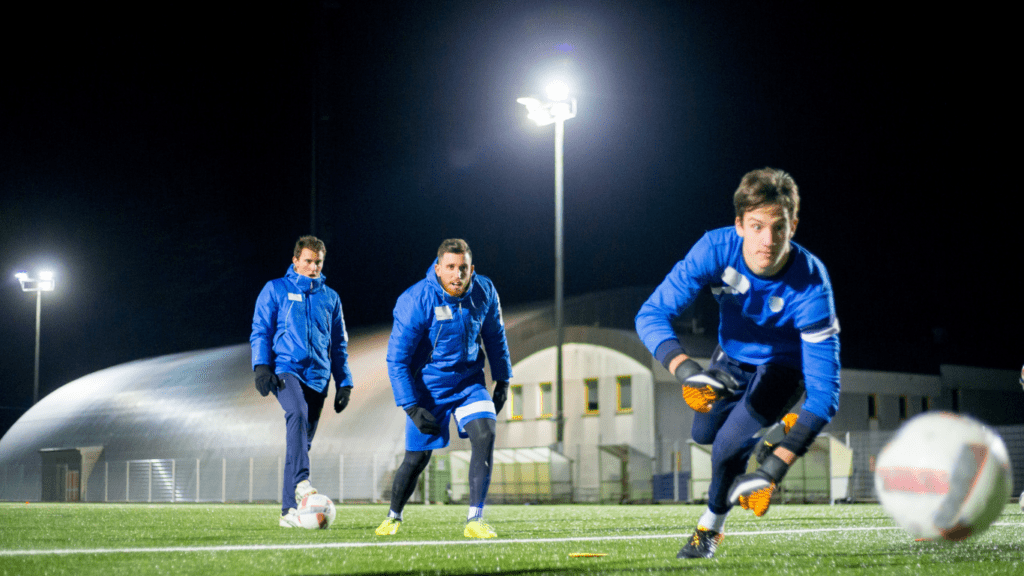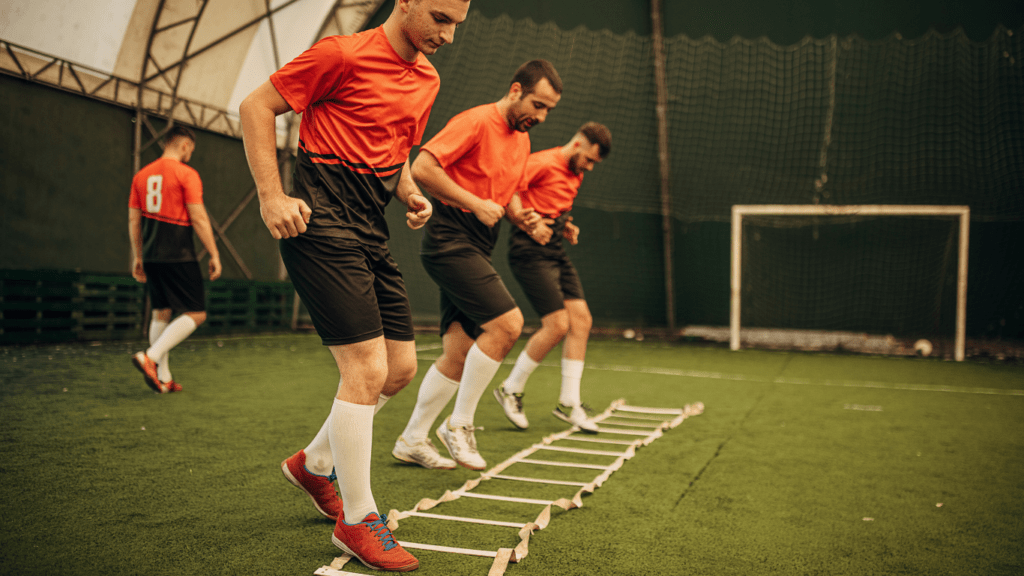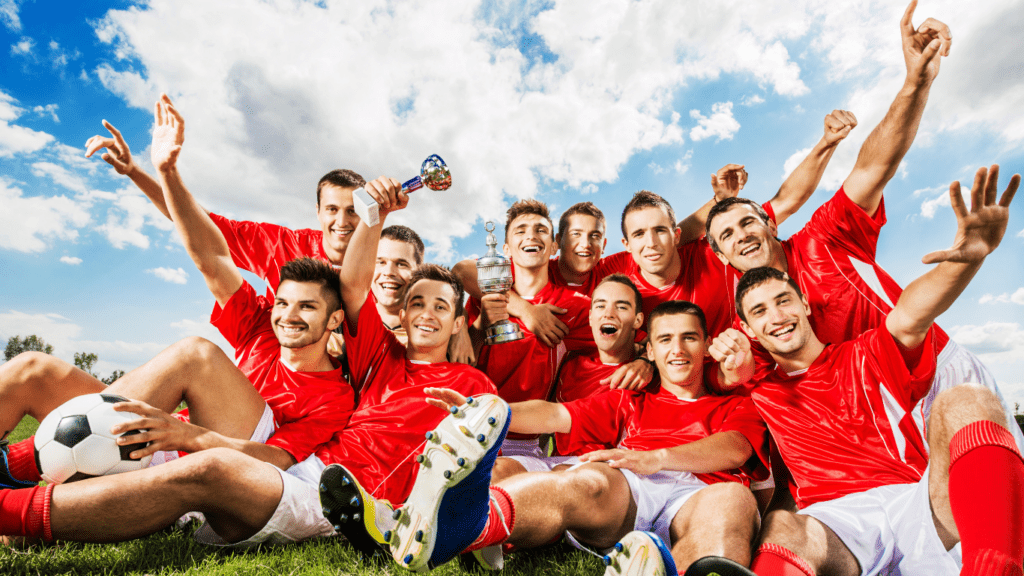Finding the perfect balance between individual skill development and fostering team cohesion during practice can feel like walking a tightrope. As a coach or team leader, I know how challenging it is to ensure every player grows while keeping the group united and focused on shared goals. It’s not just about sharpening skills—it’s about building trust, communication, and a sense of belonging.
The Importance Of Balancing Skill Development And Team Cohesion
Balancing skill development and team cohesion ensures sustained progress in both individual and collective performance. Skill development focuses on enhancing specific abilities such as technical execution or decision-making. In contrast, team cohesion emphasizes fostering trust, communication, and synchronization among players. Combining these aspects equips teams to perform efficiently under various conditions.
Neglecting one over the other creates performance gaps. Overemphasizing individual skills can lead to disconnected team dynamics, where players struggle to align their strengths. Conversely, prioritizing cohesion without individual improvement decreases competitiveness and limits innovation. Striking the right balance allows players to contribute their best within a unified system.
Structured, integrated practice sessions help achieve this. For example, small-sided games improve individual performance while requiring communication and collaboration. Similarly, position-specific drills paired with team-building exercises promote synergy and functionality. These approaches encourage players to grow without compromising group harmony.
Strategies For Skill Development

Focusing on targeted strategies enhances individual abilities while fostering overall team performance. Prioritizing structured techniques and actionable insights allows skill development to integrate seamlessly within team-oriented practices.
Individual Practice Techniques
Customizing practice drills aligns with the specific skill needs of each player. Position-specific exercises, such as shooting drills for forwards or defensive positioning for defenders, refine core competencies. Incorporating agility-based workouts sharpens reaction times, while simulated game scenarios enhance decision-making under pressure.
Isolated skill repetitions, like targeting weak foot control or enhancing passing accuracy, build muscle memory. I ensure these tasks are challenging yet achievable, enabling steady progression. Additionally, pairing players for partner drills encourages both competition and collaboration, reinforcing individual progress in a supportive environment.
Leveraging Feedback For Growth
- Providing actionable, immediate feedback strengthens skill development.
- I observe performance closely and highlight specific improvements, such as adjusting technique during a dribble or refining posture during a block.
- Using video analysis tools to review training sessions reinforces these corrections effectively.
- Feedback thrives on clarity and relevance. I ensure to frame critiques constructively, offering practical solutions.
- Encouraging self-assessment also empowers players to evaluate their progress, making them active participants in their growth process.
- Moreover, peer feedback during drills fosters trust and collective accountability, supporting both skill improvement and team cohesion.
Building Team Cohesion During Practice
Focusing on team cohesion during practice enhances trust, communication, and synergy among players. I incorporate structured, purposeful activities that develop these elements alongside skill improvement.
Collaboration And Communication Drills
Implementing drills that encourage teamwork creates an environment where players learn to rely on and understand each other. I use small-sided games, such as 3v3 or 5v5 scrimmages, to promote constant communication and decision-making under pressure. Group passing drills, like rondos, reinforce accurate communication and spatial awareness while maintaining quick decision cycles. Structured scenarios, such as defensive rotations or set-piece rehearsals, help players refine verbal and non-verbal cues for seamless execution. By emphasizing shared problem-solving, I strengthen team coordination.
Trust-Building Activities
Establishing trust among team members fosters a strong foundation for collaboration. I incorporate activities like blindfolded partner exercises, where one player leads another through a sequence using verbal guidance, reinforcing trust and attentiveness. Team challenges, such as obstacle courses or time-limited objectives, encourage players to depend on one another and build collective responsibility. Off-field discussions, including open team forums or conflict resolution sessions, address interpersonal dynamics and enhance mutual understanding. These trust-oriented exercises create a cohesive unit able to navigate challenges together.
Integrating Skill Development With Team Cohesion
Combining individual skill development with team cohesion ensures well-rounded progress during practice. I focus on creating structured activities that simultaneously enhance player abilities and strengthen group dynamics.
Blended Practice Sessions
Blended practice sessions combine technical training with teamwork-based drills. For example, I integrate small-sided games where players apply specific skills like passing, shooting, or ball control under real-game scenarios. This approach promotes technical improvement while fostering communication and decision-making within the group.
I also incorporate position-specific drills into larger team exercises. For instance, defensive players might practice marking or intercepting while offensive players focus on intricate ball movement. By aligning skill work with broader play strategies, I enhance both individual proficiency and team synchronization.
Setting Shared Goals
Establishing shared practice goals helps align individual efforts with collective objectives. I encourage players to identify personal growth targets that connect to the team’s overall performance aims. For example, improving shooting accuracy directly supports scoring more goals in competitive matches.
During discussions, I outline measurable objectives such as improving passing efficiency, reducing turnovers, or increasing defensive coordination. Regularly revisiting these goals during training ensures that individual improvements actively contribute to team success, reinforcing cohesion and shared accountability.
Benefits Of Balanced Practices For Long-Term Success
Balanced practices enhance both individual and team performance by addressing specific needs within a unified structure. Players improve technical skills while strengthening their ability to work cohesively within the team.
1. Enhanced Individual Growth Within Team Dynamics
Balanced practices ensure players refine individual skills in ways that align with the team’s overall strategy. For example, position-specific drills help individuals master essential techniques while understanding their role within team plays.
2. Improved Team Communication and Trust
Activities integrating skill and team-based exercises foster clear communication and collaboration. Group passing drills, for instance, sharpen technical execution and build trust among players through synchronized effort.
3. Higher Adaptability in Competitive Scenarios
Balanced sessions prepare athletes for real-game demands by blending pressure-based teamwork with technical accuracy. Small-sided games replicate match scenarios, encouraging adaptability and quick decision-making under stress.
4. Sustainable Performance Across Seasons
Structured integration of skill development and team cohesion creates a foundation for consistent performance. Teams maintain long-term competitiveness by continually nurturing individual and collective strengths.
5. Stronger Mental Resilience and Accountability
Practices focusing on shared goals and personal improvement promote mental toughness and a sense of responsibility. Players learn to support one another under pressure, enhancing overall morale and unity.
Balanced approaches provide players and teams with the tools for enduring success in challenging competitive environments.



 Lead Training Analyst
Lead Training Analyst
